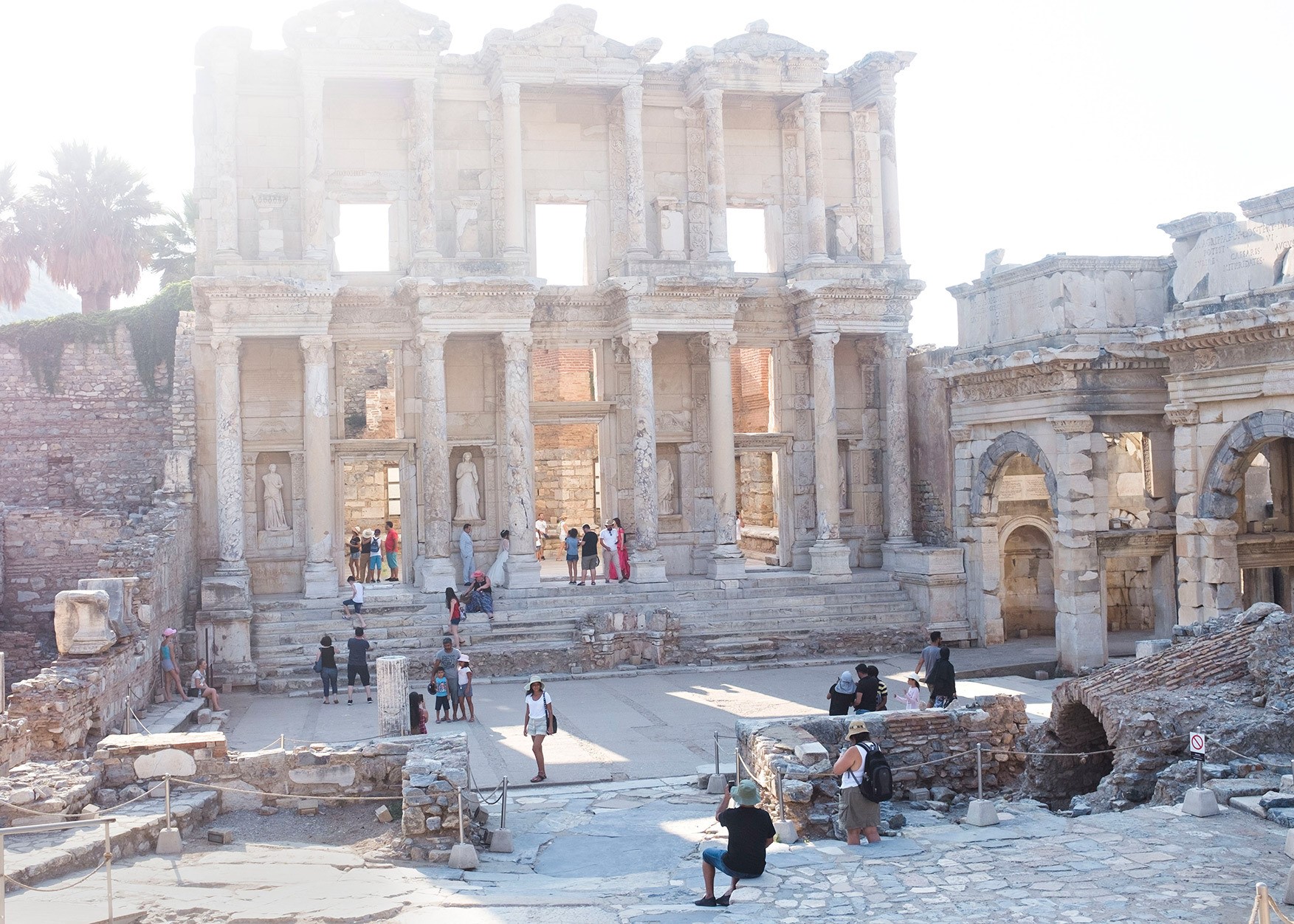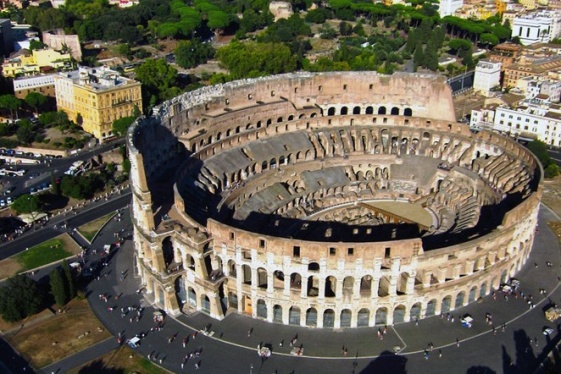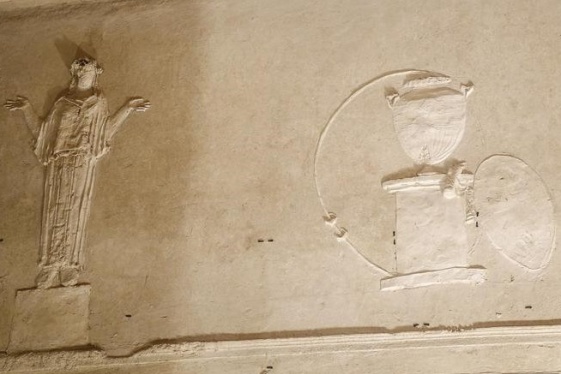

BY: Fabio Fernandes
It’s around 200 CE, in Ephesus, an Aegean city of Greek roots, now a major hub of the Roman Empire. Meandering down marble-paved Curetes Street, a dweller is lost in the bustle of the town, procuring produce and wares in shops tucked beneath the colonnades, attending the public baths – even a conveniently placed brothel.
It all plays out alongside merchants from across the Mediterranean, who disembark their ships to transport cargos and conduct business in the great depot between West and East. They make their way past the shrine to the emperor Hadrian and the nymphaeum of the emperor Trajan, bold reminders that the Ephesians, in their prosperity, are now part of the realm in faraway Rome.
SOURCE: https://aeon.co
You may be interested
-
Exciting Palatine. Interview with Clementina...
You can tell she fills with excitement when she has the chance to show an important archae...
-
Italian Open's History and Records: A tale o...
For Italians, and Romans in particular, the Open is not just a tennis tournament where cha...
-
'Basilica of Mysteries' reborn in Rome
The so-called 'Basilica of the Mysteries' has been reborn in Rome. The basilica, one of th...
-
'Carbonara Day' celebrates famous pasta dish
On Friday, April 6, the world will celebrate "Carbonara Day", an occasion launched by the...
-
'Gladiators' bring Roman flavor to R.I. polo
As thousands of sharply dressed spectators converged on the turf of Newport International...
-
'Hot priests' grace Rome's calendar
It is officially called the Calendario Romano, or Roman Calendar. But on the streets of Ro...
-
'No one should be left behind': Italian teen...
A 15-year-old boy, known as Simone, has become an overnight internet sensation after stand...









